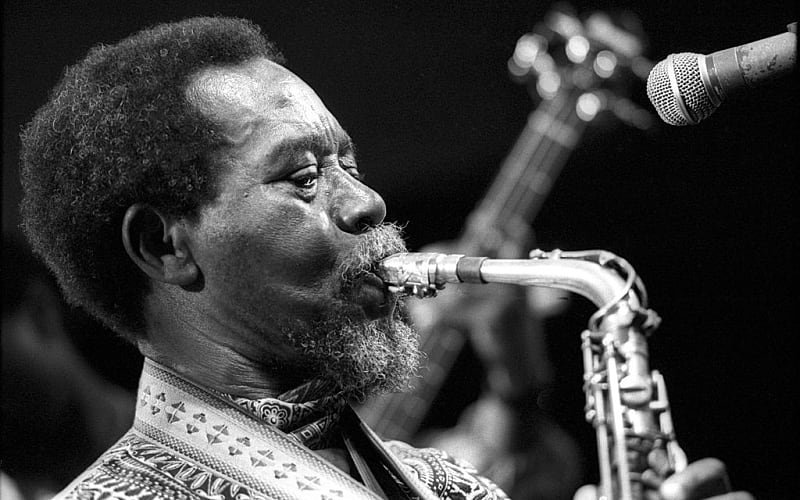The Evolution of Highlife
By: Vennisa Owusu-Barfi
Highlife, a vibrant music genre that originated in West Africa, specifically along the coastal cities of present-day Ghana, traces its roots back to the 19th century. Emerging during Ghana's colonial history and flourishing through its trade routes, Highlife is a fusion of African rhythms and Western jazz melodies. It encompasses multiple local variations, blending indigenous musical structures with Western instruments to create a rich and dynamic sound.
Source: BBC.com
The Birth of Highlife: Colonial Influences and Regional Styles
Highlife's origins can be traced to various regional styles of music that emerged during Ghana's colonial era. Palm wine music, for example, evolved in coastal locations where local musicians fused portable instruments brought by traders with traditional string and percussion instruments. This syncopated style, initially played in low-class palm-wine bars, eventually evolved into the more Africanized "Native Blues," characterized by 12/8 polyrhythms.
Lijadu Sisters | Source: Medium
Brass-Band and Dance Band Highlife: Urbanization and Innovation
Highlife continued to evolve with the influence of colonialism and cultural exchange. Brass-band highlife, inspired by Western brass bands in European forts, merged linear marching music with local polyrhythmic traditions, creating a danceable style. Meanwhile, dance and guitar band highlife emerged in the 1920s, incorporating foreign influences like the foxtrot and calypso with Ghanaian rhythms. Bands like the Jazz Kings and Cape Coast Sugar Babies popularized highlife among the local African aristocracy, leading to its association with high-class urban audiences.
Victor Uwaifo | Source: Punch Newspapers
Divergence and Diaspora: Post-War Developments
In the post-war period, Highlife diverged into two distinct streams: dance band highlife and guitar band highlife. Dance band highlife, typified by larger orchestras like E.T. Mensah and the Tempos, catered to urban audiences, while guitar band highlife, featuring smaller bands and a more rural focus, incorporated the two-finger picking style influenced by indigenous stringed instruments. Highlife's popularity spread throughout West Africa, influencing genres like Igbo highlife in Nigeria.
Globalization and Evolution: Highlife in the Diaspora
Highlife's influence transcended Ghana's borders, resonating with Ghanaians and their diaspora globally. Economic migration in the 1960s and political instability in later decades led to the spread of Highlife communities across the West, with Germany emerging as a preferred destination. Ghanaians in Germany developed "burger highlife," blending Highlife with funk, disco, and synth-pop. Additionally, gospel highlife emerged as a popular genre, blurring the lines between religion and pop culture.
E.T Mensah | Source: African Music Library
Legacy and Influence: Jazz and Beyond
Highlife's impact extended beyond its traditional boundaries, influencing genres like jazz both locally and internationally. Renowned jazz musicians like Louis Armstrong visited Ghana, collaborating with local artists and introducing Highlife to a global audience. Figures like Guy Warren played a crucial role in bridging African and African-American musical traditions, contributing to what would later be recognized as an "African musical renaissance."
In essence, Highlife is more than just a musical genre; it's a reflection of Ghana's rich cultural heritage and its enduring spirit of resilience and creativity. From its humble origins in coastal bars to its global influence in the diaspora, Highlife continues to captivate audiences with its infectious rhythms and timeless melodies. As we celebrate its legacy and evolution, we honor the diverse voices and communities that have contributed to its vibrant tapestry, ensuring that Highlife remains a cherished part of Ghana's cultural identity for generations to come.



